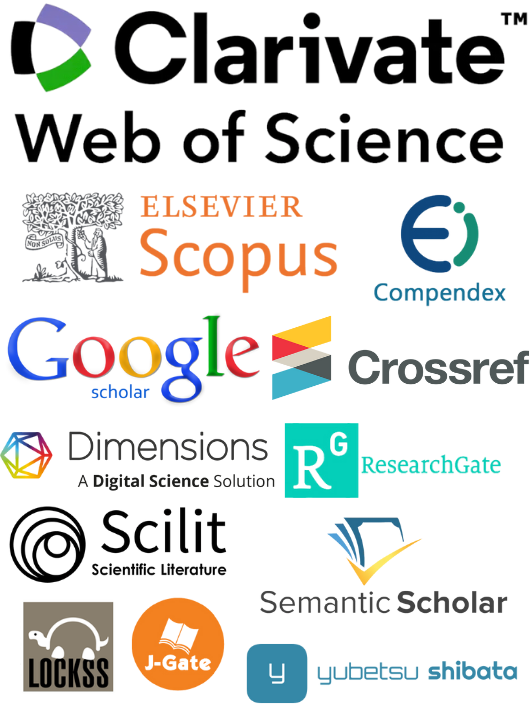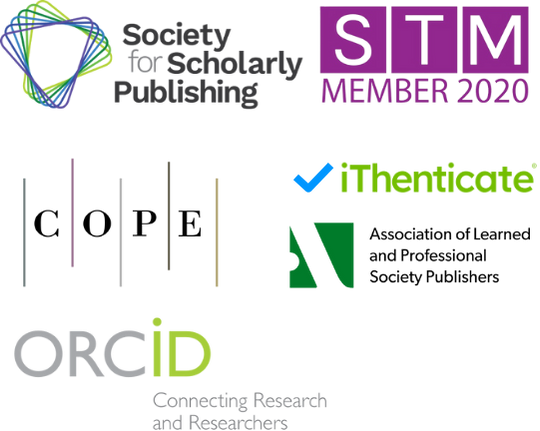Determining Copyright Ownership of AI-Generated Text-to-Image and Text-to-Video Works in the Context of Human-Machine Co-Creation
DOI:
https://doi.org/10.71222/ykntk369Keywords:
rights holder, operator, attribution of rights, human-machine co-creationAbstract
The widespread application of generative artificial intelligence in text-to-image and text-to-video scenarios has transformed creation into a human-machine collaborative process, challenging the traditional attribution of rights under copyright law. Current academic discourse lacks a comprehensive theoretical framework for determining copyright ownership of AI-generated content. A novel framework centered on the "operator as rights holder" offers a promising solution. From a legislative perspective, operators should be recognized as qualified rights holders when they make minimal yet objectively identifiable personalized choices during the creative process, thereby contributing originality. This approach to rights allocation aligns with the fundamental purpose of copyright law and reflects the technical reality that operators effectively control the means of expression. At the same time, operators should bear corresponding obligations to inform the public about the human-machine collaborative nature of their works. Copyright law may establish relevant certification and disclosure mechanisms through legislative and technological measures.
References
1. J. Yu, S. Hu, J. Wang, G. K. S. Wong, S. Li, B. Liu, and H. Yang, "A draft sequence of the rice genome (Oryza sativa L. ssp. indica)," science, vol. 296, no. 5565, pp. 79-92, 2002.
2. P. Watzlawick, J. H. Weakland, and R. Fisch, "Change: Principles of problem formation and problem resolution," WW Norton & Company, 2011.
3. A. N. Wilson, "The victorians," WW Norton & Company, 2003.
4. N. Bodor, J. J. Kaminski, and S. Selk, "Soft drugs," 1. Labile quaternary ammonium salts as soft antimicrobials. Journal of medicinal chemistry, vol. 23, no. 5, pp. 469-474, 1980.
5. M. Husovec, and J. P. Quintais, "Too Small to Matter? On the Copyright Directive's Bias in Favour of Big Right-Holders," Global Intellectual Property Protection and New Constitutionalism. Hedging Exclusive Rights, Tuomas Mylly and Jonathan Griffiths (Eds.), Oxford University Press (2021), 2021.
6. R. J. Jenkins Jr, "Isaac," In International Workshop on Fast Software Encryption, February, 1996, pp. 41-49.
7. Y. Barzel, and D. W. Allen, "Economic analysis of property rights," Cambridge university press, 2023. doi: 10.1017/9781009374712
8. O. Englisch, "Improving Right Holders' and Platforms' Incentives to Design Automated Filtering," In Automated Copyright Filters: A Law and Economics Analysis, 2025, pp. 189-238. doi: 10.1007/978-3-031-83161-4_5
9. J. H. Kaplan, "Biochemistry of na, K-ATPase," Annual review of biochemistry, vol. 71, no. 1, pp. 511-535, 2002.
10. M. R. Ishay, "The human rights reader: Major political essays, speeches, and documents from ancient times to the present," Routledge, 2022.


